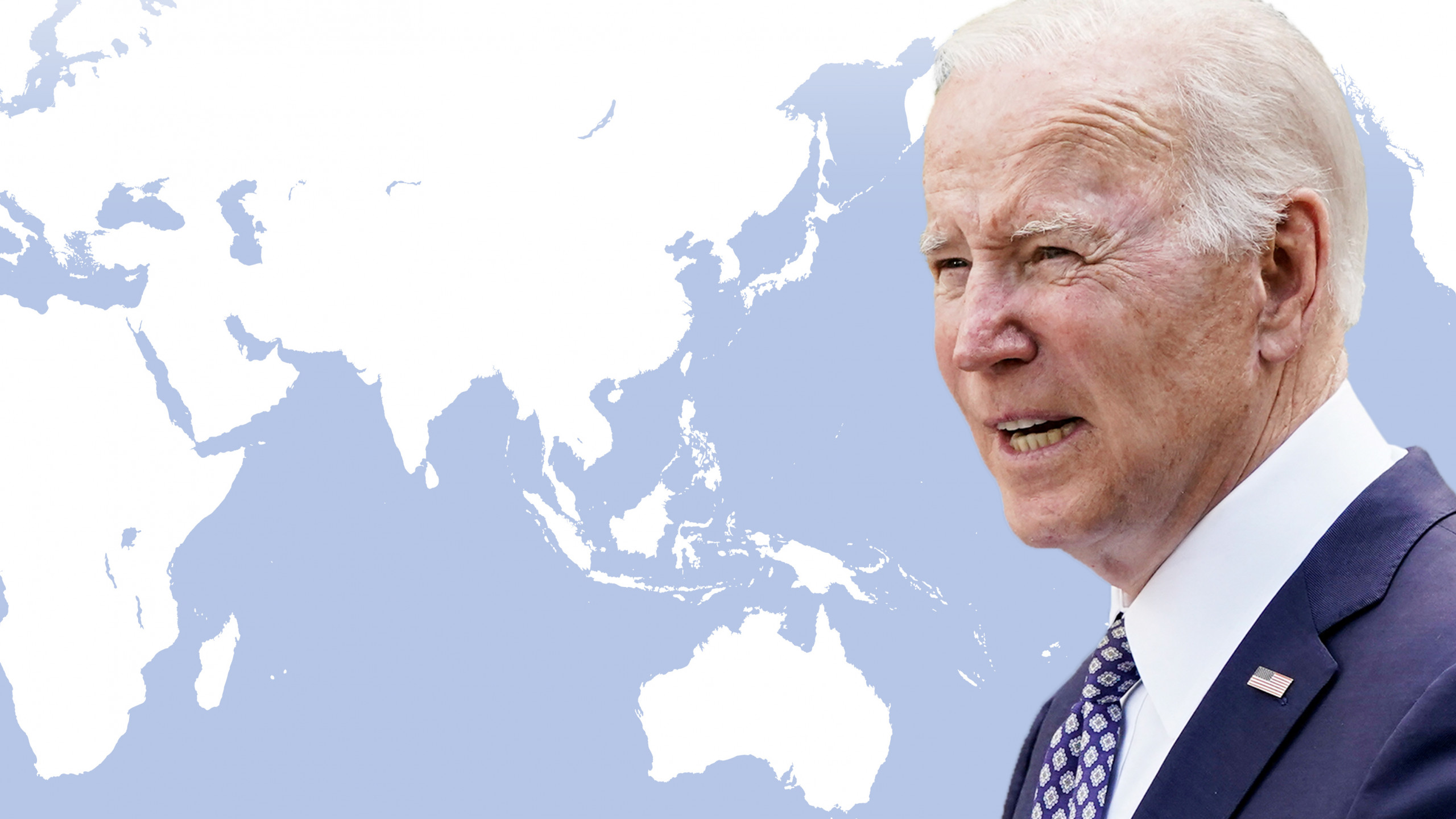The largest e-commerce platform in Southeast Asia combines Amazon, Alibaba and TenCent in a new formula
When Sea was founded in 2009 as a ‘communication platform’ for only ASEAN video gamers, founder and CEO Forrest Li did not imagine his company in 2020 to be ahead of Uber for market capitalization ($120 billion), nor that its growth would have overcome Alibaba’s backed Lazada by far.
Sea has grown dramatically since 2016 (+750%), with revenues now reaching $4,37 billion (+101% from past year), becoming the most vivid example of Southeast Asian online success. Today Sea’s stocks are considered one of the most attractive on the tech global scene, only second to Tesla’s.
What is, then, Sea? How it has become a global digital power? And why its motto is ‘connecting the dots’?
Let’s start from the beginning. Sea was founded in 2016 based on the Chinese TenCent business model (which is indeed mentor and 21% stock owner): first the focus on gaming, then the expansion into e-commerce, social networks and digital payments.
Sea’s objective in 2016-2017 was to conquer video gamers: it first was a communication platform, then a publishing company, finally a game developing firm. Garena Free Fire, the most successful and acclaimed video game in ASEAN, allowed Sea to gain momentum in the online market, and symbolized its initial success in the e-conomy.
Later on, Sea decided to expand in e-commerce by building an internal platform, named Shopee. The latter choice however differentiated it from TenCent, which decided in the last decade instead to expand in e-commerce by acquiring JD and Pinduodo.
At last, this strategic move has brought enormous advantages to Sea: today, Shopee is the first e-commerce platform in ASEAN, with a 2020 record of $2,16 billion in revenues.
Lastly, Sea has recently invested in the financial technology industry (fintech), this time following TenCent’s business approach. SeaMoney, a financial platform similar to Mercado Libre in South America, has grown more than 282% in 2020, and it is literally revolutionizing digital payments in ASEAN, also due to social distancing effects among the populations. This transformation is most of all similar to what happened in 2003 in China during the outbreak of the SARS epidemic, when Alipay and WeChat pay saw a dramatic growth. In addition, Sea has acquired an Indonesian bank, the BKE bank, to better address its enduring liquidity issues, and it has recently created a fund, Sea Capital, to funnel investments in the fintech industry (loans, mobile wallets, SPayLater).
Ultimately, Sea’s competitive advantage is rooted in two factors, together essential and complementary: the focus on local needs and the exploitation of economies of scale.
Differently from other e-commerce players, indeed, Sea has decided to massively invest in research and development in order to collect, analyze and create marketing insights to better respond to local market demands throughout the region. In the words of Forrest Li, CEO odd Sea, continuous investment is the crucial factor and key mean for growth, even though it causes increasing losses in the short term.
On the other hand, this steep development has only been possible thanks to the size of the company: by continuously expanding, both externally and organically, Sea has been initiating new and fresh synergies between businesses, eventually creating a virtuous cycle echoing the Amazon business model.
Perhaps, the latter is indeed what truly differentiates Sea and makes it appealing in the international arena: the sight of a potential enormous data powerhouse which could transform the lives of hundreds of millions, not by just providing e-commerce services, but also ‘business as usual’ services.
To conclude, recent rumors have suggested an imminent merge between Gojek and Tokopedia, the other two ASEAN giants, and the next months will be crucial to address the future of the most dynamic industries in Southeast Asia.






